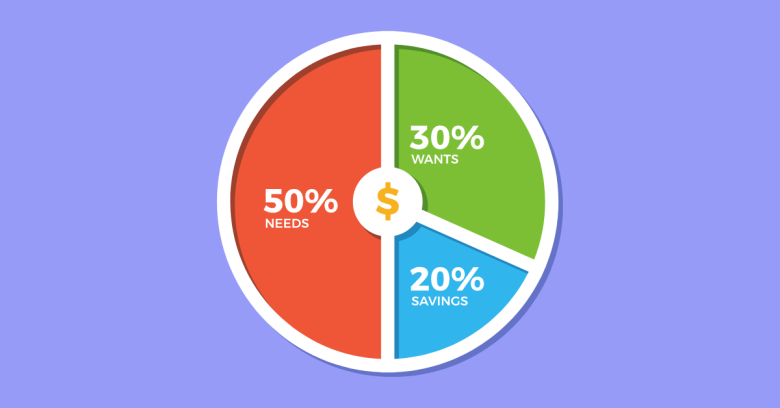Utilizing the 50/30/20 budget method can help you set and achieve financial goals more easily; however, it requires work to identify needs from wants—as well as savings opportunities. This method of budgeting emphasizes the need to have an emergency fund, pay down debt, and save for retirement or long-term goals; however, it may not be suitable for everyone.
Needs
The needs category encompasses expenses that are essential to your family’s survival, such as housing, utilities, and food costs. Transportation expenses like fuel, public transit fares, or vehicle maintenance also fall within this category. When keeping track of spending habits, it may become clear that absolute essentials account for more than 50% of net income—this is completely normal, but you could make changes that improve matters, such as switching to a cheaper cell phone plan, refinancing a mortgage, or finding a car loan.
The wants section of your budget allocates 30% of your income for expenses not necessary for survival, such as entertainment, eating out, travel expenses, and luxury items like big-screen TVs or audio systems. One way to trim expenses here would be to make more meals at home instead of eating out or cutting back on streaming services such as Spotify.
Your remaining 20% of income should be set aside for savings and debt repayment. This may include pre- or post-tax retirement savings accounts, paying down debt beyond its minimum requirement payment on credit cards or loans, and even creating an emergency fund. When used wisely, this final category can help increase wealth growth while helping to meet long-term goals.
Wants
Families may find the suggested percentages from the 50/30/20 budget rule too high for their specific financial circumstances; therefore, it is essential to assess your own individual finances and identify which numbers work best.
Typically, “needs” expenses comprise necessities like housing, food, utilities, and transportation costs that cannot be avoided or would leave you in an untenable financial position if paid. Prioritize paying these bills over any other types of spending.
“Wants” expenses fall into two broad categories of spending: entertainment, dining out, and clothing beyond that required for work. These expenditures can help keep you satisfied while rewarding yourself for meeting goals, so it is wise to monitor spending habits carefully and set aside money in a separate account for these “nice-to-have” purchases.
20% of spending should go toward debt reduction and savings. This could include mortgage or car payments, student loan or credit card debt payments, and contributions to retirement accounts. Saving is not only good for reaching long-term goals; it is also a great way of creating an emergency fund should something unexpected come up.
Discretionary
Families may incur discretionary expenses such as dining out, entertainment, gym membership fees, and charitable donations that fall outside their required expenses. When income fluctuation occurs, this category often needs to be updated first to account for this non-necessary expense.
If a family’s disposable income is high, investing some of it toward long-term savings and investments may make sense. One effective method to do this is through tax-advantaged accounts such as an IRA, Roth 401(k), 529 plan, or other forms of retirement savings accounts. Long-term saving goals could include home down payments, college funds for children, or retirement investments.
As a general guideline, discretionary spending for families should never exceed 30% of their net monthly income. Any spending beyond that threshold could put strain on other areas of their finances and require adjustments elsewhere in order to remain sustainable. There may be circumstances when exceeding this limit is necessary or even necessary, such as when an entry-level salary doesn’t cover the cost of renting in a large city or when life changes alter priorities. It is then that having a firm grasp on the 50/30/20 rule becomes key and helps families meet both budgetary constraints and financial goals successfully.
Savings
Although the 50/30/20 budget rule can provide a good starting point, it doesn’t work perfectly for all individuals. To make it work effectively, you may have to sacrifice some wants or savings altogether, which is acceptable; budgets exist so that individuals can reach their financial goals more efficiently.
Step one of the 50/30/20 formula involves calculating how much after-tax income you make each month and dividing that number by monthly spending to find out your percentages for needs, wants, and savings. According to this rule of thumb, 50% should go toward needs, 30% for wants, and 20% toward savings.
To understand your true costs, it’s essential to track expenses over several months. Use whatever method works for you—spreadsheet, app on phone, or notebook. Don’t forget cash transactions either!
Once you’ve analyzed your data, it should become obvious where your money is being spent. Perhaps increasing savings by cutting down on discretionary spending or vice versa might be needed to achieve balance—the important thing is being consistent and using the 50/30/20 budget rule until it becomes part of your routine.




